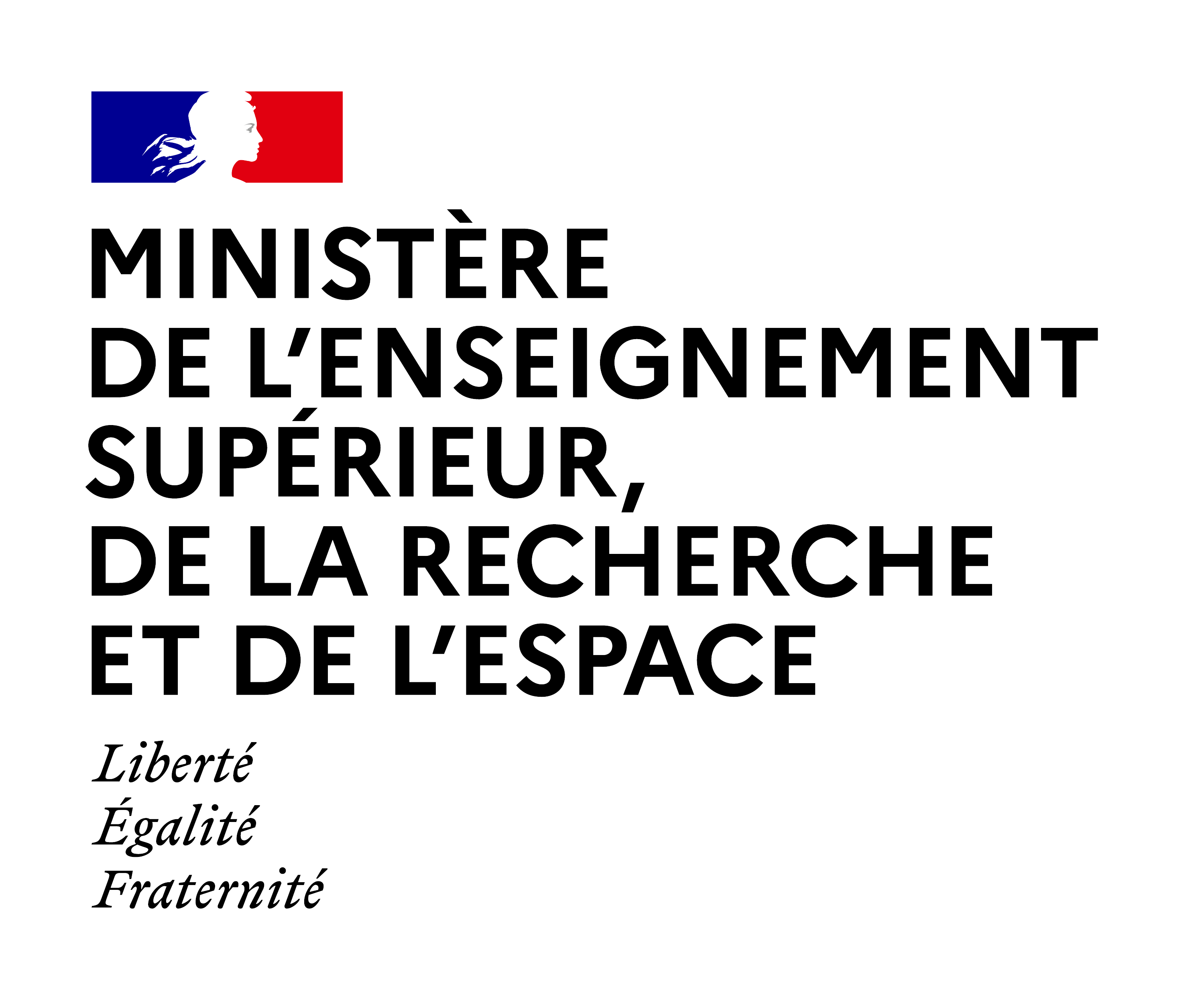Expected Outcome:
Projects’ results are expected to contribute to some or all of the following outcomes:
- Increased capabilities to detect, classify, inspect, assess and neutralise UXO at sea;
- Improved safety and security for maritime economic operators and for EU citizens.
Scope:
A large amount of Unexploded Ordnance (UXO), estimated by experts in the tens of thousands of tons, lay in European seas and often close to European shores. Most of this material dates back to World War I and World War II. Estimates for the timing of material corrosion suggest that much of this material is likely to be an increasing safety risk in the next 10 years. And this would happen while coasts, shores and seas have more and more value for economic and civilian activities, ranging from seafood production to communications, transport, trade and sustainable energy production. UXO hence represents a substantial safety risk for economic operators at sea, and citizens, as well as for the environment.
UXO also represents a security risk, as some of this dangerous material is relatively easily retrievable and could be misused in illicit, including criminal and terrorist, acts. These security threats could be linked directly to maritime security and infrastructures (to deny or ransom a port, for example), or be moved towards other illicit acts.
Roles and responsibilities to map, identify, assess, inspect, retrieve and/or neutralise UXO vary among Member States, allocated to private operators, local and regional governments, national governments, and/or the military that carry out civilian tasks.
Current capabilities on mapping, identifying, assessing, inspecting, retrieving and/or neutralising UXO still largely use human operators, and increased use of automated and/or unmanned systems would be desirable for efficiency and safety reasons.
The proposed project should improve civilian capabilities on:
a) enabling existing knowledge (mapping and integrating data from historical maps and more recent data, including reports from sea operators); comparative analysis of legislation, roles and responsibilities in Member States;
b) detecting UXO on and below the marine sediment/seabed, in order to detect also buried objects;
c) identifying, classifying, assessing (identifying chemical and material aspects; sensing levels of corrosion);
d) inspecting and handling (grab and manipulate UXO under water, from intact shells to chunks to small parts; collect and recovery);
e) neutralising and disposing (containment of chemical spill overs and possible explosions).
Especially for proposing new solutions for the capabilities areas a) to c) described above, proposals should take into account and build on existing information produced and compiled by previous EU projects that carry out regular work on environmental risks of hazardous submerged objects such as UXO[1].
Research projects should consider results and recommendations from the European Commission’s 2022 “Study on underwater unexploded munitions: final report”[2].
Research projects should consider, build on (if appropriate) and not duplicate previous research or findings of previous operational work, including but not limited to research by other Framework Programmes projects and/or other EU projects, including those funded by the EU Maritime and Fisheries Fund, by the European Defence Fund and its precursors (the European Defence Industrial Development Programme (EDIDP) and the Preparatory Action on Defence research (PADR)), or by JPI Ocean. Relevant work by civilian national or regional projects[3], or by regional organisations (such as, for example, NATO/CMRE Research Centre).
For objectives in the capabilities areas d) and e) described above, proposals should focus on the solutions that address the civil needs and challenges of UXOs (not necessarily deriving from mine countermeasures), with regard to civil resources and engaging civil stakeholders.
Indeed, the involvement of civilian stakeholders, beyond civilian authorities, such as operators on sea, is strongly encouraged. The project should focus on civilian capability gaps and needs, rather than capabilities that are better addressed by defence instruments and tasks.
Proposed solutions should be compatible or interoperable with legacy and current systems, and propose or allow an interoperability between systems in use by different Member States.
Proposed solutions that would improve energy efficiency and environmental impact aspects of current UXO risk mitigation operations (e.g. low environmental footprint, low emissions, circular economy aspects and/or self-sustained equipment) would be desirable.
Examples of technologies and approaches that can be explored by the research projects include (non-prescriptive and non-exhaustive): sonars and other sensors; UxVs/AUVs; on-board analytical capabilities for material samples; hydroacoustic profiling; artificial intelligence for detection and classification; wing tows from ships; system of systems architecture.
Proposals should delineate the plans for further development to subsequent TRLs as well as uptake (industrialisation, commercialisation, acquisition and/or deployment) at national and EU level, should the research deliver on its goals.
Synergies within civil security can be an asset, for example with Fighting Crime and Terrorism (regarding combating organised crime and terrorism) and Disaster-Resilient Society (regarding environmental contamination).
[1] See for example Sea-Dumped Chemical Munitions – Baltic Marine Environment Protection Commission, Helsinki Commission (HELCOM).
[2] https://data.europa.eu/doi/10.2926/5356
[3] Such as, for example PROBANNT, CONMAR, or AMMOTRACE.





